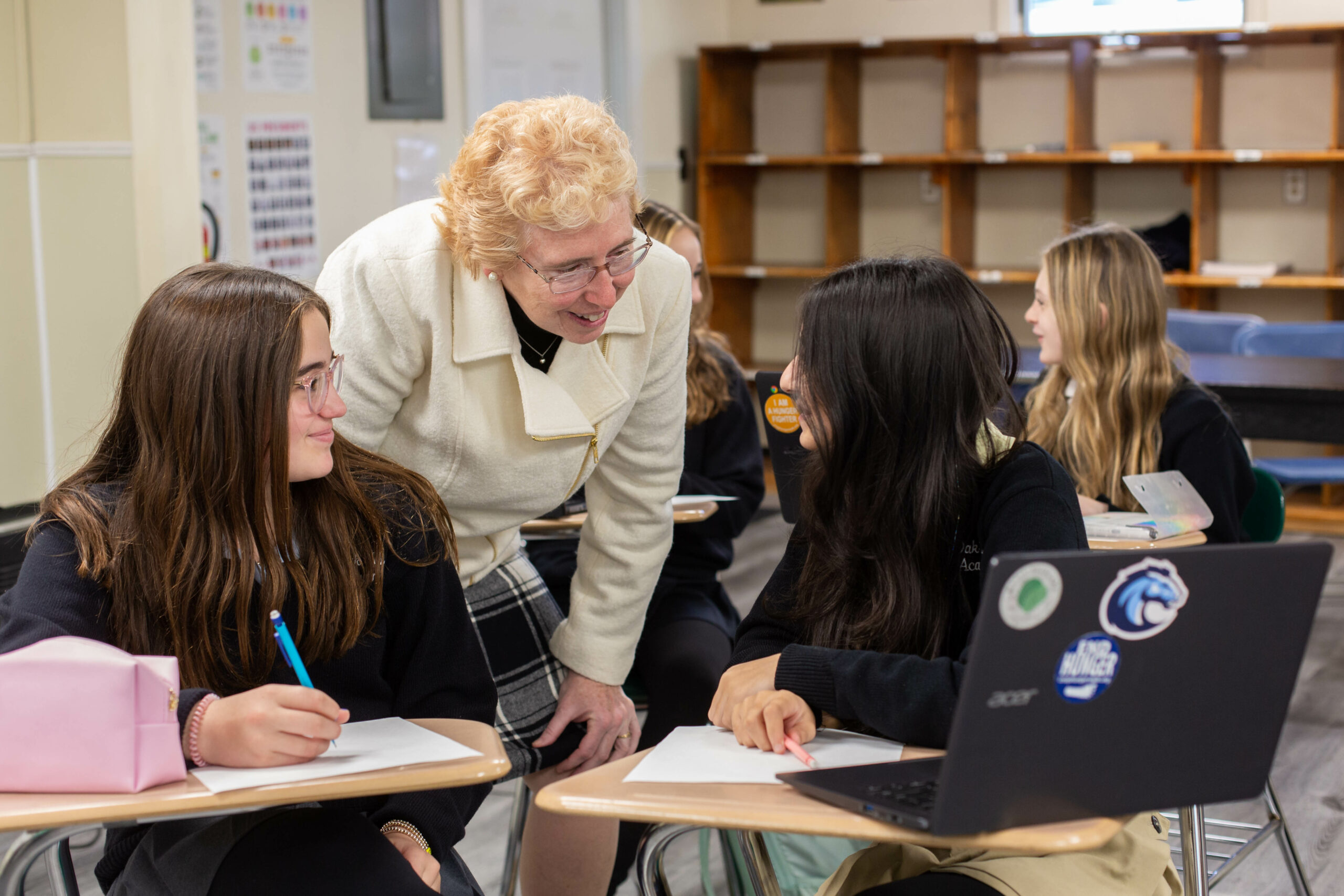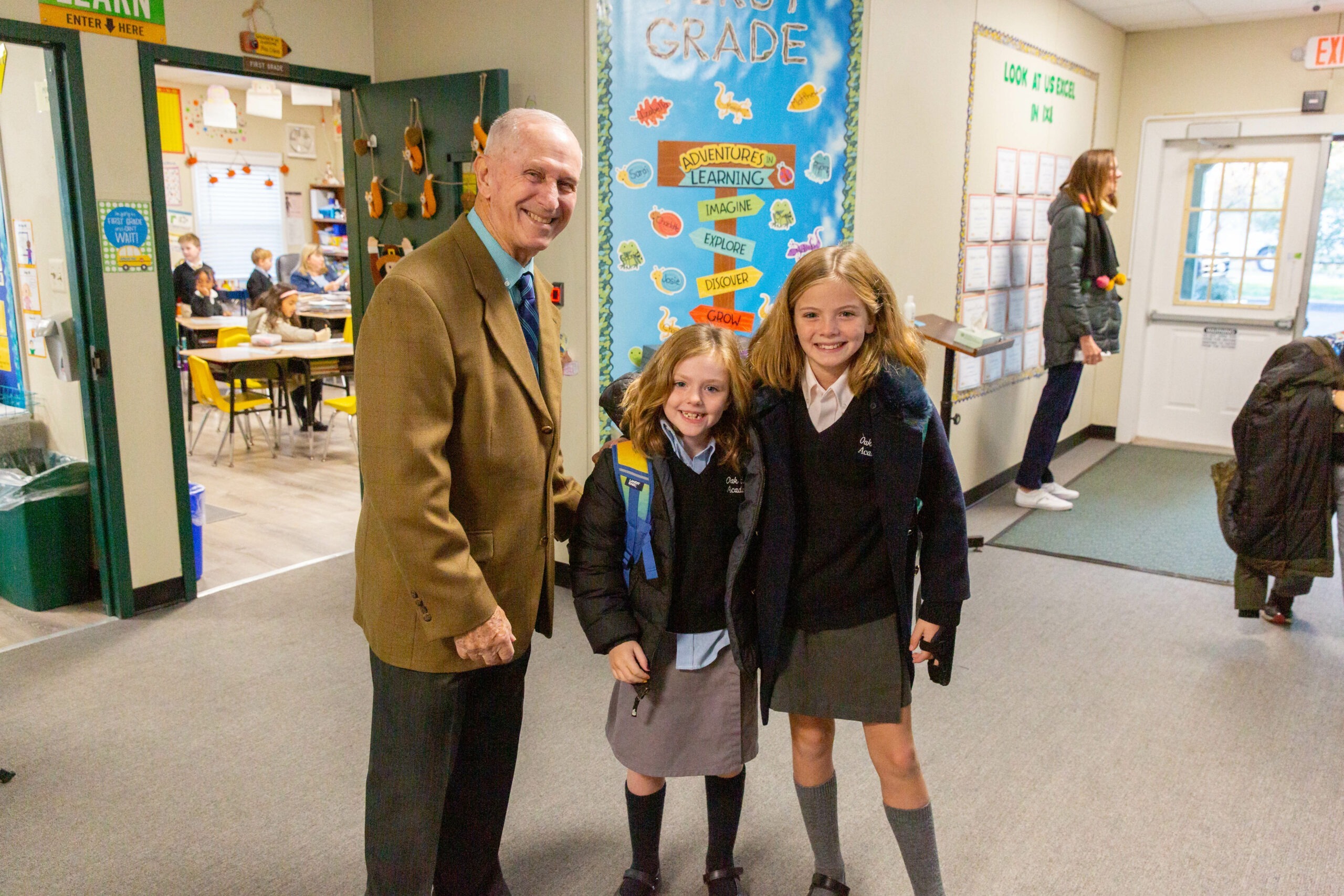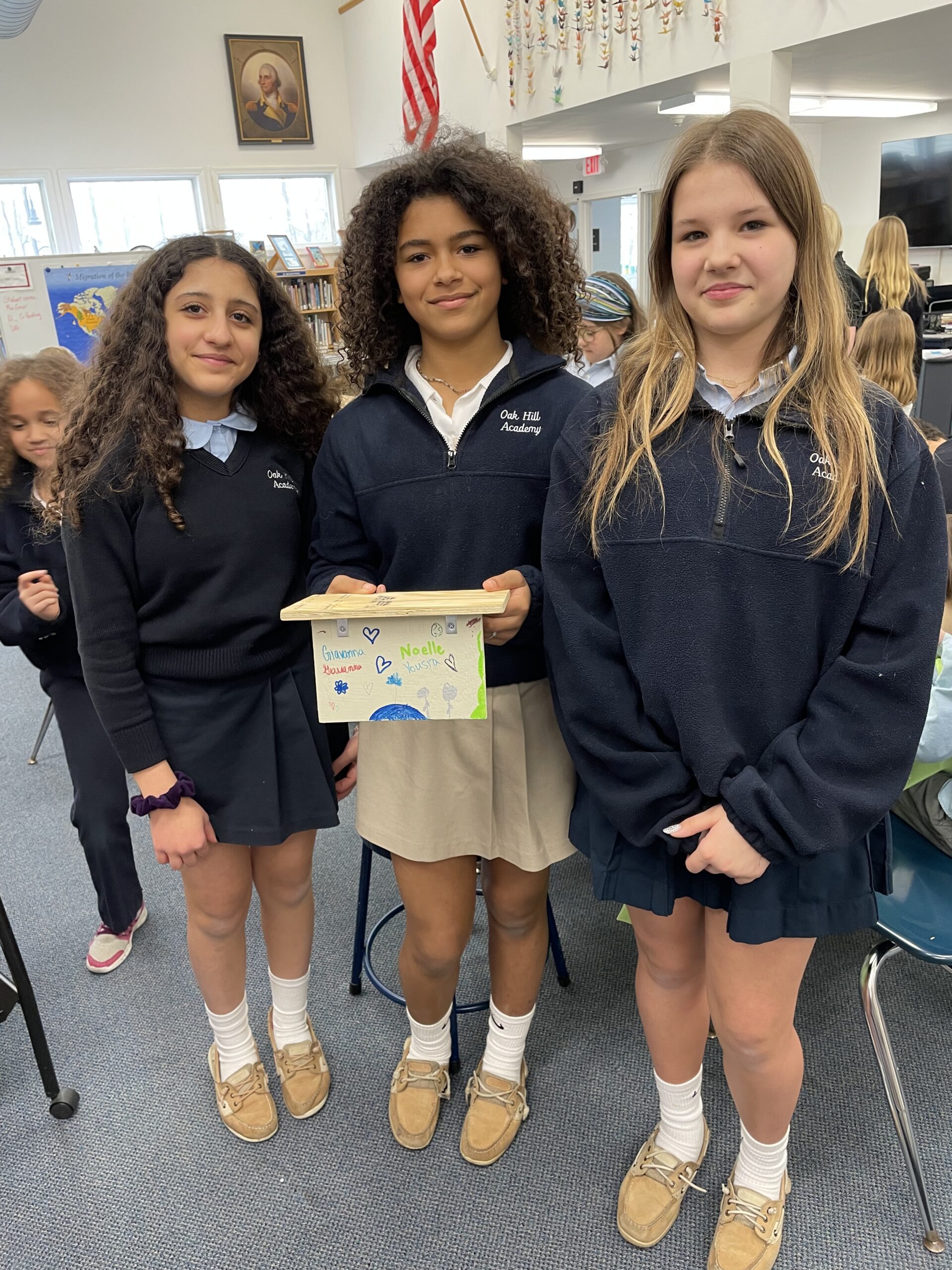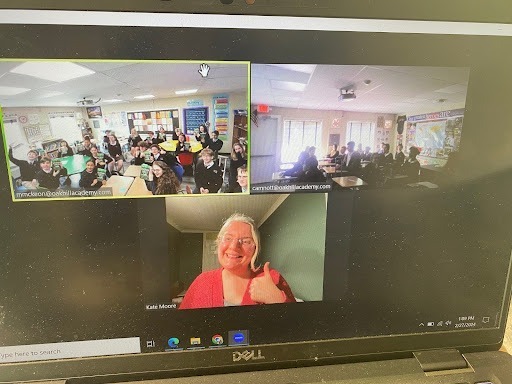Can AI teach us to think creatively and critically?
As someone who has been involved in education for over 60 years, I have seen learning mechanisms evolve and change over time. Recently, I have devoted my time to the changes that Artificial Intelligence will bring to the educational landscape. I firmly believe that advances in AI will only be possible with the human elements of creative and critical thinking. Therefore, I harnessed my newfound interest in “prompt engineering” to ask ChatGPT to write the following blog on “Creativity/Critical Thinking and the Future of Learning.”

The article below is the result of my highly defined prompt, which is included at the end of this article.
**Creativity/Critical Thinking and the Future of Learning**
In the rapidly evolving landscape of education, the spotlight has shifted towards fostering creativity and critical thinking among students. This essay explores the intertwining realms of creative and critical thinking, their significance in the learning process, and their pivotal role in shaping the future of education.
**Defining Creative Thinking: Ideational Fluency in Action**
Creative thinking is a dynamic process that encompasses both creativity and critical thinking, often referred to as ideational fluency. It is a journey that commences with a purpose and concludes with a tangible product or idea. Unlike a static skill, creative thinking is an ongoing process that can be refined and enhanced continually.
The essence of creative thinking lies not only in solving problems technically but also in addressing the needs of others. Ideas germinate from curiosity and the boundless realms of imagination, manifesting in various forms. Whether invisible, verbal conceptual, or tangible, creative thinking requires logical consistency, attention to detail, and a continuous exploration of ideas beyond conventional boundaries.
**The Unrestricted Nature of Creative Thinking**
For creative thinking to flourish, it must break free from certain constraints. It cannot be stifled by the belief in a single correct way, the fear of failure, a strict adherence to rules, or the notion that it cannot be invigorating and enjoyable. Instead, it should be a force that encourages innovation, embraces diversity, takes risks, and fosters collaboration.
Persistence is a key attribute, as creative thinking is a continuous cycle of doing and undoing. It thrives on openness and a clear plan of action, driven by the curiosity to explore the uncharted territories of knowledge. A formal definition encapsulates creative thinking as the competence to engage productively in generating, evaluating, and improving ideas that lead to original and effective solutions, advances in knowledge, and impactful expressions of imagination across various fields of endeavor.
**Schools as Arenas for Creative Thinking**
In the context of education, schools must transform into arenas where creative thinking is not only acknowledged but also actively nurtured. Educators play a pivotal role by embodying openness to ideas and fostering an atmosphere where students’ imagination and curiosity drive the learning process.
To encourage creative thinking, schools must adopt a constant atmosphere of inquiry, where questions like “Why? How? What for?” become the guiding principles. Four guidelines for divergent thinking are crucial in this regard: not judging ideas during brainstorming, thinking of wild ideas, prioritizing quantity over quality, and building on ideas of others.
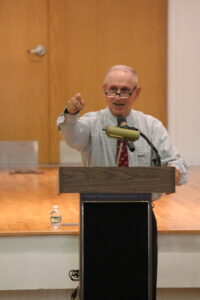
**Critical Thinking: The Complementary Sibling**
Critical thinking, a close cousin to creative thinking, involves actively and systematically analyzing, evaluating, and synthesizing information. It is the process of being open-minded, asking probing questions, and using logical reasoning to make informed decisions or judgments. Critical thinking stands alongside creative thinking to check for validity, usefulness, and accuracy, ensuring the avoidance of bias and guaranteeing reliability.
This symbiotic relationship between creative and critical thinking opens the door for productive debate and decision-making. Educators must encourage students to exercise critical thinking through open-ended questions, providing valuable feedback and fostering reflective practices. In an era dominated by Artificial Intelligence (AI), the cultivation of both critical and creative thinking is imperative for individuals to navigate the complexities of an ever-changing world.
In conclusion, creativity and critical thinking are not just buzzwords in education; they are the keys to unlocking hidden talents, fostering innovation, and preparing students for the challenges of the future. With time, patience, and a commitment to nurturing these cognitive skills, schools can become beacons of inspiration, where every student is recognized as a naturally creative thinker, contributing to a society driven by continuous learning and exploration.
This post was written with assistance from ChatGPT.
Here follows the original prompt entered into the ChatGPT 3.5 site.
“Act as an expert educational writer and compose an essay entitled: Creativity/Critical Thinking, and the Future of Learning.”
Include the following:
- Creative thinking includes creativity and critical thinking, often termed ideational fluency. It begins with an intention and ends with a tangible product or idea.
- It is an ongoing process and can continually improve
- It must not only solve problems from a technical perspective, but also try to address the needs of others.
- Ideas come from curiosity and the imagination and can take many forms.
- Requires logical consistency and a focus on details and continuity, while still thinking “outside the box”
- Knowledge creation can be promoted through “questions of wonderment”
- Can be invisible, verbal conceptual, or tangible
- creative thinking cannot be stifled by
- idea only one correct way
- no fear of failure
- not break some rules
- not believing it can be invigorating and fun
- should encourage innovation, diversity, risk-taking, collaboration
- must be persistent
- must e a continuous cycle of doing and undoing
- should have openness and a clear plan of action
Incorporate this formal definition:
Creative thinking is defined as the competence to engage productively in the generation, evaluation, and improvement of ideas that can result in original and effective solutions, advances in knowledge and impactful expressions of imagination. Can be in any field of endeavor.
- Schools must be arenas for the manifestation of creative thinking; educators must have openness to ideas
- Schools must nurture creative thinking in order to uncover hidden talent and that this type of practice is a vital part of today’s society.
- Student imagination and curiosity should drive the learning process while being a vehicle for understanding. It should encourage exploration over rote learning.
- In order to encourage creative thinking, schools must support a constant atmosphere of inquiry – asking Why? How? What for?
Creative Thinking requires four guidelines for divergent thinking.
- Don’t judge ideas (brainstorm openly)
- Think of wild ideas
- Go for quantity over quality
- Build on ideas of others
- Schools must believe that every student is creative and a natural way of life
- There is no innovation without creativity
- Will take time and patience
Creativity can be everyday issues or focused on societal problems
A close cousin to creative thinking is critical thinking, which is the process of actively and systematically analyzing, evaluating, and synthesizing information, concepts or situations. It involves being open-minded, asking good questions, and using logical reasoning to make informed decisions or judgements. Creativity must stand alongside of critical thinking in order to check for validity, usefulness and accuracy. It helps to avoid bias and ensure reliability.
Critical thinking opens the door for productive debate and decision making. Educators must encourage must encourage students to exercise their critical thinking by asking open-ended questions. This type of thinking provides useful feedback and reflection.
With the advent of AI, it is imperative for all individuals to be both critical and creative thinkers.”
Oak Hill Academy is a NJ private school that is co-educational, independent, nonsectarian, and nonprofit for grades pre-kindergarten through eight. Oak Hill Academy is dedicated to a traditional, challenging, and caring learning environment that encourages comprehensive thought processes and deep understandings; thus promoting the wholesome intellectual, emotional, moral, and physical lifetime growth of our students. If you want to learn more about what makes Oak Hill Academy one of the best private school in NJ, visit us online at www.oakhillacademy.com , or subscribe to our mailing list to be notified when we post more topics.

